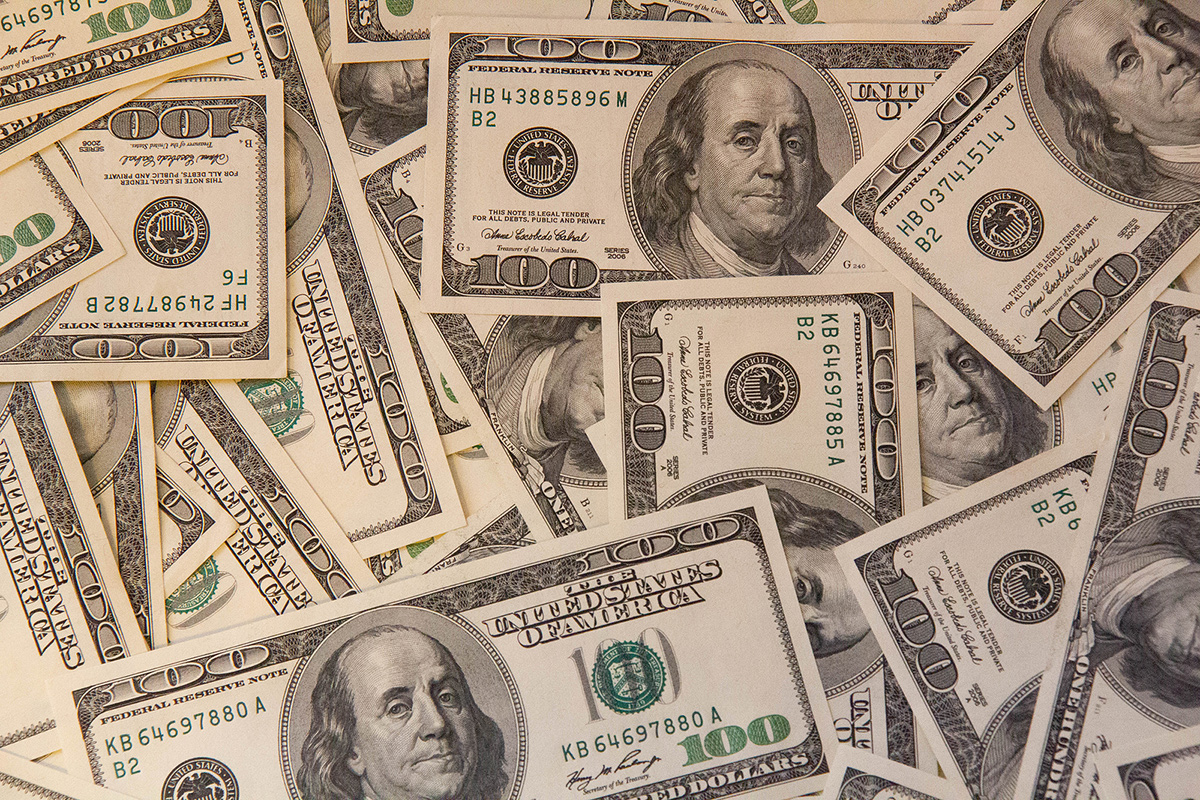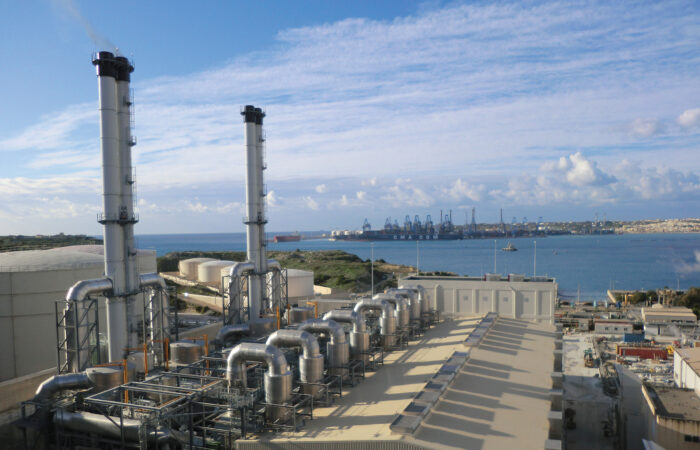Ioannis Tirkides*
The war in Ukraine and the sanctions by the United States and its allies, designed to isolate Russia and, to a lesser extent, China, has brought about the reaction of the BRICS nations – Brazil, Russia, India, China, South Africa – and of the global South more generally. The weaponization of the SWIFT system of international payments, by excluding Russian banks from it, and the freezing of Russia’s central bank reserves, in the wake of the war, have brough about a sea change. China and Russia have upgraded their separate payments systems. The BRICS nations and associated countries are increasingly signing agreements for funding their bilateral trade outside of the dollar system. There is even talk of introducing a new gold-backed currency, which will be discussed at the upcoming BRICS summit later this month. Whilst it is highly conceivable, that as the world fragments there will be a parallel reserve system, the process of getting there will take time, perhaps the rest of this decade or more. We discuss what is at play at the present time, and we ask if de-dollarization is really happening, and what it means.
The BRICS
The BRICS are a gathering coalition of non-western countries working together as a counterweight to the dollar-dominated international system. Their main goals are to de-risk from the west and de-dollarize, by reducing their dependence on the dollar system. Another goal might be to introduce gold in their reserve relationships, which would act as a stabilising factor.
There is a genuine concern that macroeconomic conditions in many leading western countries are deteriorating. There is also concern that the dollar-based international system is unstable and is the source of economic imbalances and crisis generation. But the main reasons behind de-dollarization, are political, not simply economic.
The BRICS 2023 summit that will take place in South Africa during 22-24 August, will discuss the expansion of BRICS+ and will debate the adoption of a BRICS common currency standard for global trade. This is different from the introduction of a new currency standard like, for example, the euro. It will be an exchange currency standard and its main purpose, at least in the beginning, will be to bypass the dollar in bilateral transactions. China will be keen for the new BRICS currency to gain exposure as a reserve currency away from the dominance of the US dollar system. But this will take time given the complexities and intricacies of operating a reserve currency system. We take a look.
Reserve currencies, their costs, and benefits
Ultimately, we need to ask: what does it mean to own the global reserve currency? And specifically, what does it mean for the United States if the dollar is the global reserve currency. What are the costs and the benefits. If the reserve currency is the medium of transaction in bilateral trade between nations, demand for it is much higher and therefore its exchange value higher.
The dollar as a reserve currency is likewise overvalued, and thus cuts both ways. You pay less for your imports, but you typically run a trade deficit because you are outpriced in foreign markets. Historically, the United States has been running balance of payments deficits. The sum of its international debits exceeded the sum of its international credits. Which effectively is the meaning of reserve currency status. If you own the global reserve currency, you are in a sense forced to run balance of payments deficits to provide the world with the liquidity it needs. Balance of payments deficits are funded by issuing debt, printed or otherwise, which foreign countries are eager to hold in their reserves.
The reserve status of the dollar has enormous economic and geopolitical leverage for the United States. And while the Federal Reserve has a domestic mandate, when it raises interest rates for domestic reasons, it has a global impact. The reach and power the United States is really very significant because the international economy runs on dollars.
It is not just the funding of trade
The US dollar, like any currency, has three functions. It is a medium of exchange, a store of value, and a unit of account. The dollar as a medium of exchange in international affairs is about the settlement of trade. Bilateral trade transactions go through the dollar. Store of value is about the share of dollar holdings in the international system. Bilateral surpluses are typically held in dollar assets.
Thus, the medium of exchange function is about international trade, and the store of value is about international finance.
The third function, that of unit of account, leads us to the issue of currency pricing. Global markets are, to a large extent, priced and traded in dollars, which is part of the reason why the dollar plays such a dominant role.
These three functions are distinct, and the dollar fulfils all three in a way that no other currency does. China has been trying to set up its own trade and capital markets priced in its own currency, the renminbi. Countries trading with China, have reason to open trade channels and be able to use the renminbi. But they will be less willing to hold a substantial portion of their reserves in renminbi.
Enter ‘bancor’
The BRICS summit is expected to announce the expansion of bilateral trade between members that will be transacted in their own national currencies outside of the dollar system but will not announce the creation of a new BRICS currency to act as a reserve currency. There is no intention of creating a new currency like the euro. Instead, what will actually be discussed is a settlement system, and the idea of the ‘bancor’ becomes relevant here.
Back in 1944, at the end of the second World War, at the Bretton Woods conference that created the international monetary system, the United Kingdom proposed the introduction of ‘bancor’ as a supranational currency, to be used in international trade relationships. Conceptualised by John Maynard Keynes and Ernst Schumacher, the bancor in international trade, was to be a unit of account, within a proposed multilateral clearing system, the International Clearing Union.
So, the bancor was not going to be an international currency, and individuals could not hold it, but all international trade would be valued and cleared in it. Surplus countries would hold excess bancor assets and deficit countries will have corresponding bancor liabilities, but both sides would be required to take action to restore balanced trade.
The bancor, apparently, is the blueprint for the new exchange currency the BRICS will debate at the summit. Ideally, the BRICS bank will create a credit system where all the countries have credit to buy and sell with each other, to be settled in their own currency.
A bancor-like exchange currency system will eventually evolve, out of a process that will include a number of stages. The first step would be to create a relatively stable system of exchange rates. Then the big step would be to try and create a relatively balanced trade among them, to avoid any one country accumulating too much of the currency of the other. Imbalances should lead to corrective measures to remove them because a stable system eliminates persistent imbalances.
The bancor will prevent the evolution of a reserve system dominated by a single national currency. While China will be the biggest economy, the emerging system will be multipolar, and its relative position in it, will not be the same as that of the United States respectively in 1945, when all other countries laid in ruins. Also, the evolution of the renminbi as a reserve currency along the lines of the dollar today, presupposes the transformation of China from an industrial to a financial economy, which is unlikely.
It is important to understand that the role of gold in the system would be residual. So, the idea is that gold only finances international imbalances, not general activity. In the Keynes-Schumacher original concept, gold could be converted to bancor, but not the other way around. That is, deficit countries could use their gold reserves to acquire bancors, but surplus countries would not be able to accumulate gold with their excess bancors.
Last word
China and the BRICS have been discussing the introduction of a new gold-backed currency but only as an exchange system, to facilitate increased trade between them and bypass the dollar system. This will not be a global reserve currency like the dollar is today. The war in Ukraine has turned out to be a catalyst for a new world order, but the transition to a parallel global reserve system, which will be a more monumental change, will be gradual and incremental.
*Ioannis Tirkides is the Economics Research Manager at Bank of Cyprus and President of the Cyprus Economic Society. Views expressed are personal. The author wishes to thank George M. Georgiou for comments and suggestions on an earlier version.




